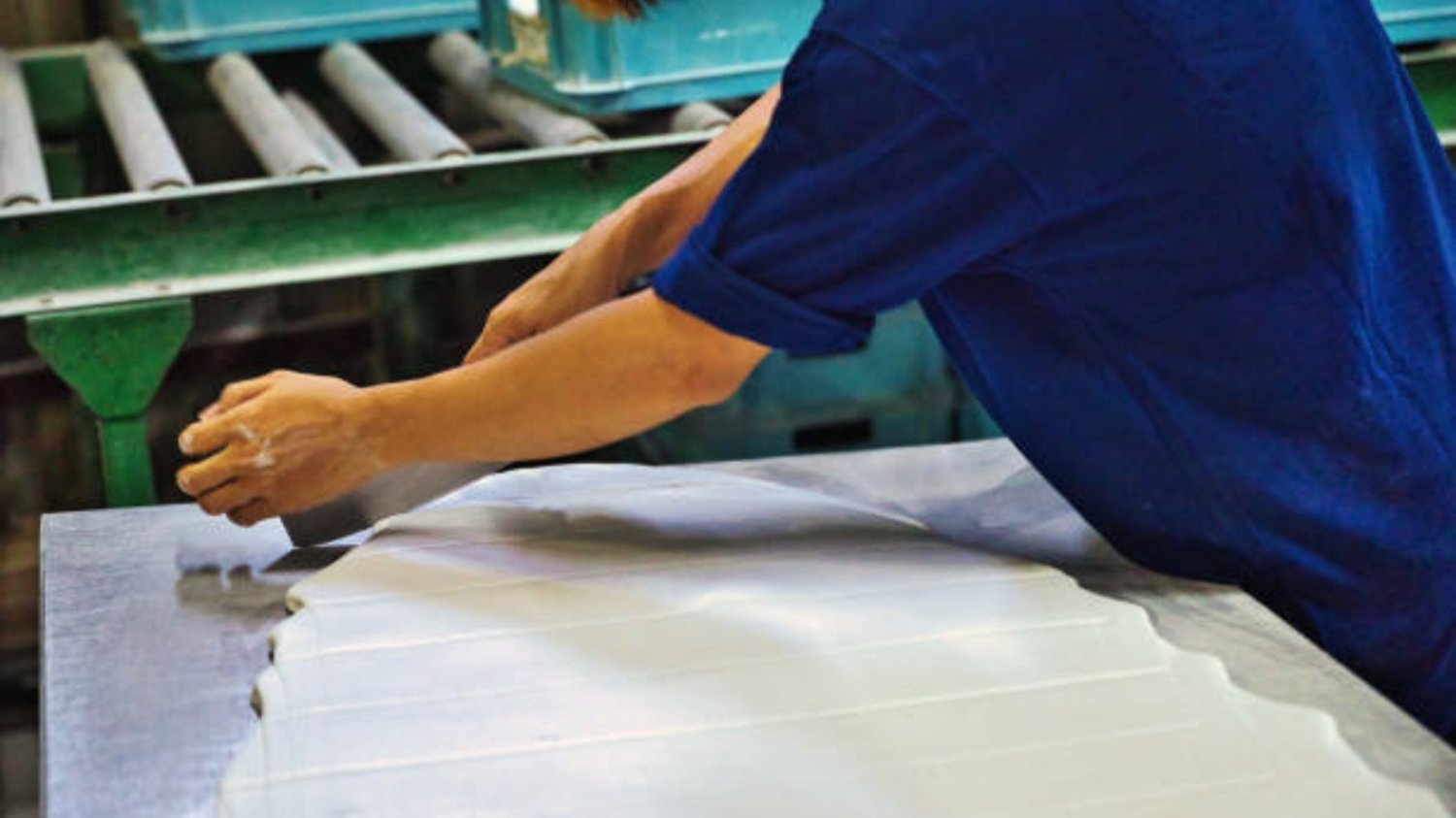The Basics of Roll Forming
Roll forming is a metalworking process that involves the shaping of metal sheets into specific shapes and sizes. The process involves passing metal sheets through a series of rollers to gradually bend and form them into the desired cross-sectional profile. Common shapes created using roll forming include I-beams, channels, angles, and tubing. The process is widely used in a variety of industries, including construction, automotive manufacturing, and aerospace.
Limited Range of Material Thickness
One of the limitations of roll forming is that it is best suited for thinner-gauge materials. Since the process involves working with flat sheets, thicker materials can be difficult to bend and shape without causing stress and deformation. In general, roll forming works best with materials that are between 0.005 and 0.188 inches thick.
Complex Shapes can be Difficult to Achieve
While roll forming is an efficient way to produce simple shapes, complex shapes and designs can be challenging to achieve. The process works best when creating shapes with a constant cross-sectional profile. Shapes that require large variations in shape or thickness can be difficult to achieve consistently and may require additional processing steps such as stamping or bending.
Length Limitations
The length of the metal sheet being processed can also be a limitation with roll forming. The length of the finished product is typically limited by the length of the metal sheet that is being processed. Manufacturers can overcome this limitation by splicing together shorter sections, but this can add complexity and cost to the production process.
Bending Limitations
Roll forming is a process that involves bending metal sheets into shape. However, the amount of bending that can be achieved without causing stress or deformation is limited. Materials with high tensile strengths or stiffness can be particularly challenging to bend without compromising the structural integrity of the finished product.
Cost of Tooling
Another limitation of roll forming is the cost of tooling. The process requires specialized tooling that is used to form the metal sheets into specific shapes and sizes. The cost of designing and manufacturing these tools can add significant costs to the production process, making rollout forming less economically feasible for smaller production runs.
Material Selection
The roll forming process works well with a variety of materials, including steel, aluminum, copper, and brass. However, some exotic materials can be challenging to work with using this method due to their unique properties and characteristics. Additionally, some materials may not be suitable for roll forming if they are too brittle or prone to cracking.
Setup Time
Roll forming requires significant setup time to ensure that the metal sheets are being processed correctly. This can add to the overall production time and increase costs. The setup process involves setting the machines to the correct specifications for the desired shape and thickness, which can be time-consuming, especially for complex shapes.
Surface Markings
During the roll forming process, the metal sheets can become marked or scratched, particularly on the surface that is in contact with the rollers. This can affect the appearance of the finished product and may require additional processing or polishing to remove the surface markings.
Quality Control
To ensure that the finished product meets the required specifications, quality control measures must be in place throughout the production process. These measures can include inspection of the metal sheets prior to processing, monitoring of the process parameters, and inspection of the finished product. Quality control measures can add to the overall production costs and may require specialized equipment or personnel.
Environmental Considerations
Finally, it is worth considering the environmental impact of the roll forming process. The production of metal sheets requires significant energy consumption, and the process can generate waste materials, such as metal shavings or scraps. Manufacturers can implement measures to reduce energy consumption and waste generation, but these measures can add to the overall production costs.

